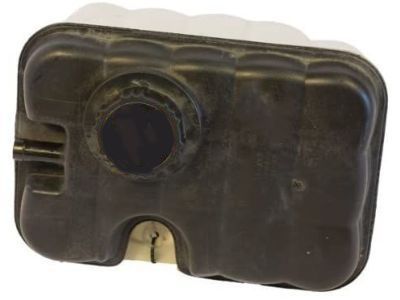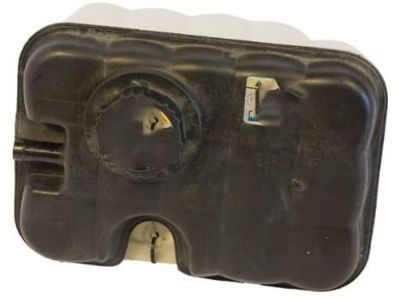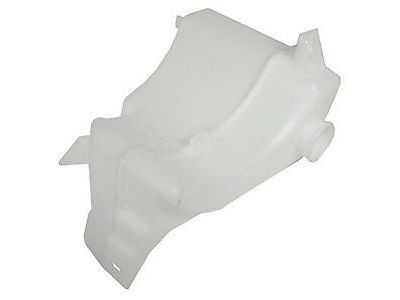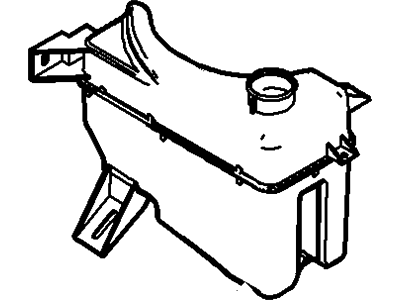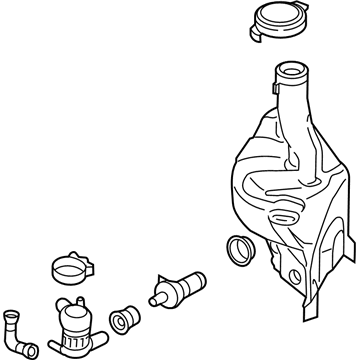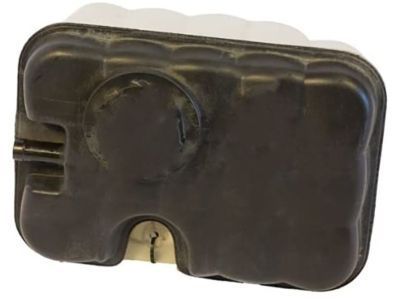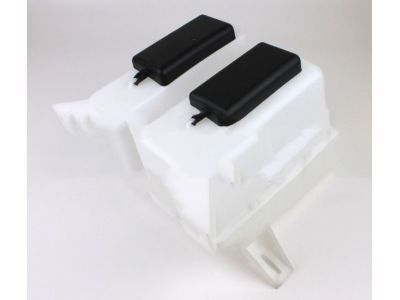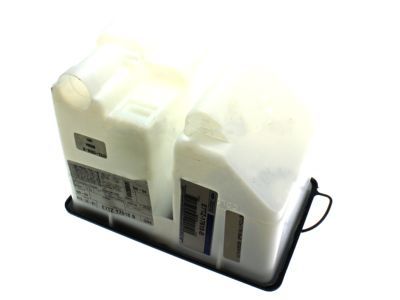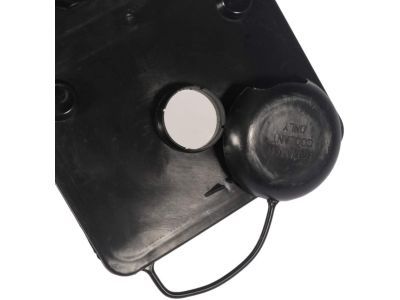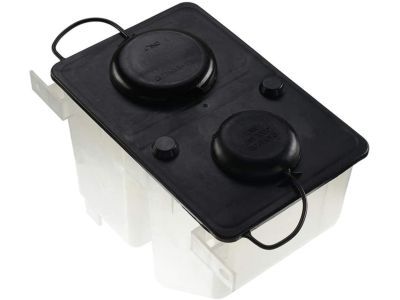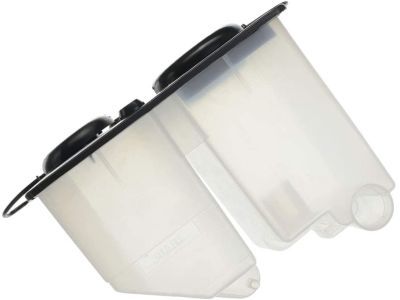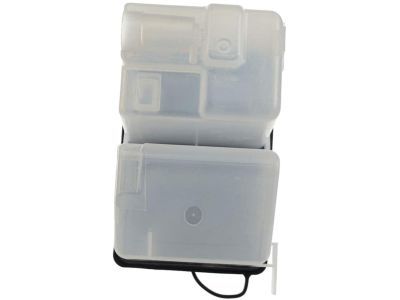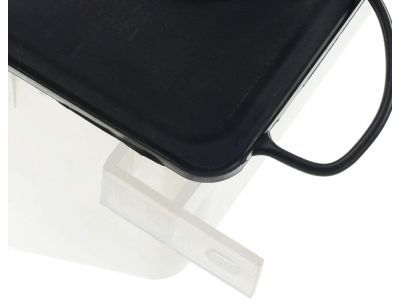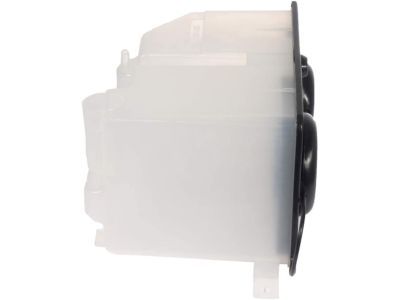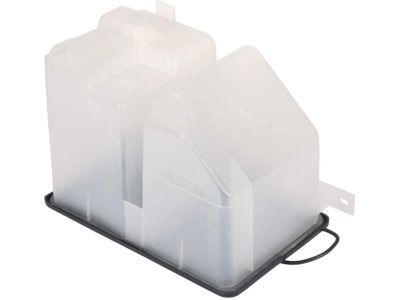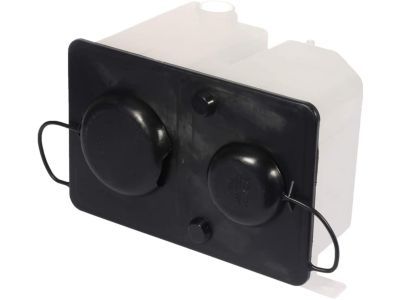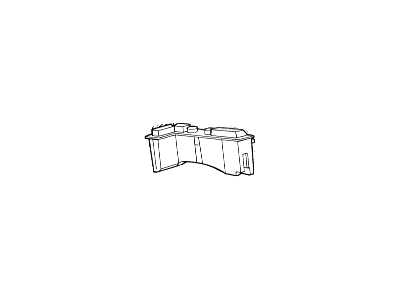

My Garage
My Account
Cart
Genuine Ford Ranger Washer Reservoir
Windshield Washer Reservoir- Select Vehicle by Model
- Select Vehicle by VIN
Select Vehicle by Model
orMake
Model
Year
Select Vehicle by VIN
For the most accurate results, select vehicle by your VIN (Vehicle Identification Number).
8 Washer Reservoirs found
Ford Ranger Reservoir - Windshield Washer
Part Number: 8L5Z-17618-A$50.72 MSRP: $86.60You Save: $35.88 (42%)Ford Ranger RESERVOIR - WINDSHIELD WASHER
Part Number: KB3Z-17618-A$173.83 MSRP: $294.00You Save: $120.17 (41%)Ships in 1-3 Business DaysFord Ranger Reservoir - Windshield Washer
Part Number: 2L2Z-17618-AA$51.44 MSRP: $86.60You Save: $35.16 (41%)Ships in 1-2 Business Days
Ford Ranger Washer Reservoir
The Windshield Washer Reservoir it an important component as it is used for holding windshield washer fluid for Ford Ranger vehicles to enhance drivers' visibility. Usually made of hard plastic, the reservoir's location differs within the engine compartment: in some models, it is mounted behind the engine and in others - near the headlights. These have evolved in the recent years with Ford Ranger using varies styles of Windshield Washer Reservoirs but with a similar design. Although these plastic reservoirs are expected to be very robust and durable, they are known to crack up if they are not well filled with washer fluid. This shows the need for Maintenance on the Windshield Washer Reservoir so that the Windshield remains clean at all times.
We provide a wide range of Ford Ranger Washer Reservoir at the best prices possible. If you need Ford Ranger Washer Reservoir, you can shop with confidence on our website. All our OEM parts come with a manufacturer's warranty and are delivered to your door step with a fast delivery service.
Ford Ranger Washer Reservoir Parts Questions & Experts Answers
- Q: How do you replace the washer pump motor and Washer Reservoir on 1993-2011 Ford Ranger?A:Open the tabs on the electrical connector with a flat-head screwdriver and pull the electrical connector of the washer pump. Take out two screws which fix the washer reservoir and the pump motor to the fenderwell, then lift the washer reservoir and unscrew the small hose from its base, and then cover the hose so that it does not spill fluids. Pump out the washer fluid into a clean jar that can be used for the next washing processes in case there will be leftover washer fluid. Very gently remove the retaining ring holding the pump motor in the reservoir receptacle; this the later models do not have a retain but use a rubber grommet to hold the pump in place and thus can easily be pulled out. Removal of the motor, seal, and impeller assembly can be done using pliers to hold one wall surrounding the electrical terminal and pull out with equal ease that can allow them to be reassembled if needed. Wash it again with water so that remaining traces may be removed and the reservoir should be checked for such things. It is recommended to pull an old motor from a new reservoir and check the pump chamber, if needed, clean it. The outer surface of the seal should be lubricated with powdered graphite for installation efficiency After mounting the small projection on the motor end cap should be inserted into the slot in the reservoir until the seal is in place. Set the retaining ring on the motor and the plate with a 1-inch 12-point socket, link the hose to the fitting at the bottom of the reservoir and install the assembled reservoir in the motor compartment by means of given two screws. Last of all tighten the electrical connector, do not run the pump without flow through the reservoir as that causes damage, fill the reservoir, turn on the pump and check for leaks.
Related Ford Ranger Parts
Browse by Year
2023 Washer Reservoir 2022 Washer Reservoir 2021 Washer Reservoir 2020 Washer Reservoir 2019 Washer Reservoir 2011 Washer Reservoir 2010 Washer Reservoir 2009 Washer Reservoir 2008 Washer Reservoir 2007 Washer Reservoir 2006 Washer Reservoir 2005 Washer Reservoir 2004 Washer Reservoir 2003 Washer Reservoir 2002 Washer Reservoir 2001 Washer Reservoir 2000 Washer Reservoir 1999 Washer Reservoir 1998 Washer Reservoir 1997 Washer Reservoir 1996 Washer Reservoir 1995 Washer Reservoir 1994 Washer Reservoir 1993 Washer Reservoir 1992 Washer Reservoir 1991 Washer Reservoir 1990 Washer Reservoir 1989 Washer Reservoir
